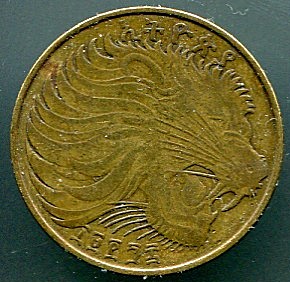Isaac’s Storm by Erik Larson (1999) promises to be a good read. Especially if it’s as well written as The Devil in the White City, by the same author.
Got it the other day at a resale shop, a bit beaten up and miscategorized as fiction. Not so. “A Man, a Time, and the Deadliest Hurricane in History,” says the subhead, which doesn’t quite pin it down as nonfiction, but I happen to know it’s about the Hurricane of 1900, which blew through Galveston, killing – no one knows for sure how many, but the usual figure quoted is 6,000 to as many as 12,000.
Isaac is Isaac Cline, resident meteorologist for the U.S. Weather Bureau at Galveston, and survivor of the storm, though not all of his family made it. In the movie version of this story, Isaac would heroically warn the unbelieving residents of Galveston that a bad blow was coming. Unfortunately, he seems not to have done that. No one knew how bad it was going to be. Hurricane science was still fairly primitive, after all.
I peeked ahead, and found that afterwards Cline had a long career with the Weather Bureau, posted in New Orleans. Among other things, he was there for the Flood of 1927, the subject of another book I want to read, Rising Tide (John M. Barry, 1998; I read his book about the Pandemic of 1918, though). In fact, though retired, Cline almost lived long enough to see the first weather satellites, dying in his 90s in 1955.




